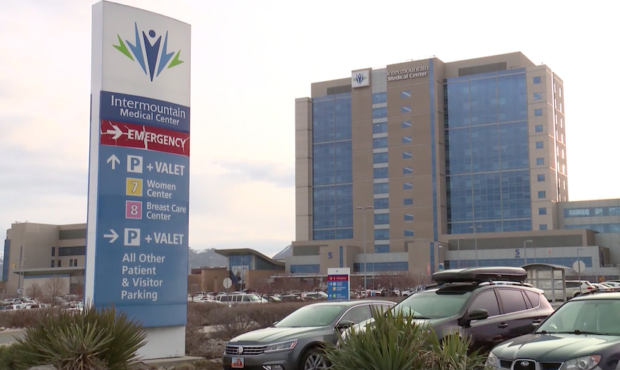Local clergy, chaplains ready to again serve hospital patients in person
Feb 18, 2021, 8:56 AM | Updated: Aug 2, 2022, 12:45 pm

Intermountain Medical Center in Murray. (PHOTO: KSL TV)
(PHOTO: KSL TV)
SALT LAKE CITY, Utah — A change in guidelines from Intermountain Healthcare will again allow every patient to have clergy as a designated visitor. The announcement has local clergy, chaplains and spiritual advisors excited to reconnect with patients in person.
Clergy, chaplains get the green light to visit again
Alan Amos has been a chaplain for 24 years and currently works with Intermountain Healthcare at McKay-Dee Hospital. He said the importance of reconnecting patients with spiritual advisors can’t be understated.
“When we talk about spiritual [and] emotional resources, relationships are perhaps one of the number one things that drives that,” he explains.
Like countless others, chaplains have been forced to adapt to pandemic restrictions, meaning many of their efforts are being done virtually.
“We’ve been covering a lot of the sacramental sides of things for family members,” said Amos. “Creating virtual blessings from priests, bishops or elders.”
He said the biggest need right now is for emotional and spiritual support, something that is best provided in person.
A change in guidelines
Intermountain Healthcare officials explained the reasoning behind their announcement this week.
“We recognize and value the importance of spiritual care for patients who desire this support,” explains Amy Christensen, MSN, RN, vice president and CNO for specialty-based care at Intermountain Healthcare. “For hospital patients, a clergy or spiritual advisor visitor can be present in keeping with the two-designated visitors-per-patient guidelines.”
Additionally, the health organization has plans in place to provide support if a specific clergy member is uncomfortable with visiting a location and meeting in person.
“If clergy do not feel comfortable entering facilities due to personal safety reasons, Intermountain caregivers will assist patients in finding alternate solutions including use of hospital-employed clergy or other clergy in the community, or conducting virtual visits with the clergy of the patient’s choice,” said Christensen.













